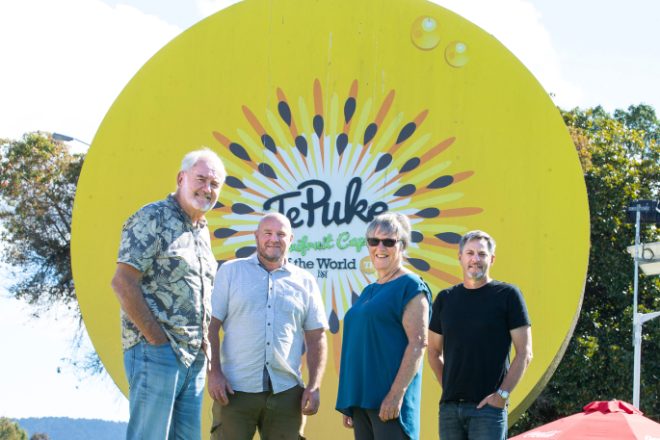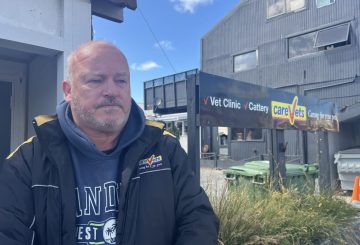Penduduk Te Puke, yang dikenal sebagai ibukota buah kiwi Selandia Baru, telah berkumpul untuk berdoa untuk musim buah kiwi. Ide ini terinspirasi oleh orang-orang di kota Waikato yang berdoa untuk industri susu mereka. Gereja Orchard di Te Puke menjadi tuan rumah pertemuan sekitar 40 orang pada 14 Maret untuk berdoa untuk panen buah kiwi tahun ini.
James Muir, penyelenggara doa buah kiwi Te Puke 2024, menjelaskan bahwa 41% kebun buah kiwi Selandia Baru berada di Te Puke, menjadikan industri ini penting bagi mata pencaharian penduduk setempat. Dia juga mencatat bahwa wilayah Bay of Plenty, yang berisi 79% kebun buah-buahan, telah terpukul keras di masa lalu oleh penyakit, cuaca ekstrem, penyerbukan yang buruk, dan krisis ekonomi internasional.
Poin doa untuk tahun 2024 disepakati oleh petani lokal di Te Puke dan perwakilan dari Asosiasi Petani Buah Kiwi Selandia Baru Incorporated (NZKGI). NZKGI kemudian memberi tahu semua 2800 petani buah kiwi di Selandia Baru bahwa gereja-gereja Kristen berdoa untuk industri ini dan mendorong mereka untuk bergabung.
Pertemuan doa juga mendapat dukungan dari pejabat pemerintah daerah, dengan Wakil Walikota John Scrimgeour dan mendiang anggota dewan Richard Crawford menghadiri pertemuan Maret. James Muir mengatakan bahwa banyak orang lain telah bergabung dalam doa, yang akan berlanjut hingga akhir panen pada bulan Juni atau Juli.
Doa berfokus pada keselamatan dan kesejahteraan petani dan keluarga mereka, serta lebih dari 20.000 pekerja di industri. Mereka juga berdoa untuk kualitas panen buah, kelancaran kerja sama antara pelaku industri, dan kebijaksanaan bagi Zespri dan pemerintah dalam memantau masalah ekonomi dan mata uang. Mereka juga berdoa untuk kondisi cuaca yang baik dan kemungkinan peningkatan hasil perkiraan 190 juta baki pada tahun 2024.
Muir berencana untuk menjadi tuan rumah acara doa lagi di Te Puke pada Februari tahun depan. Dia juga menyebutkan kemungkinan acara perayaan pada akhir musim panen saat ini pada bulan Juni atau Juli.






























































